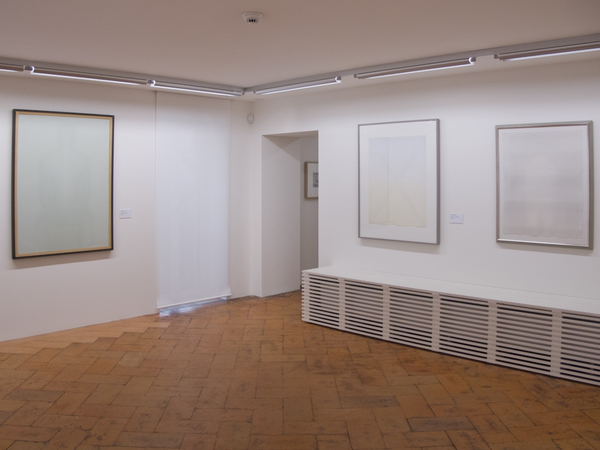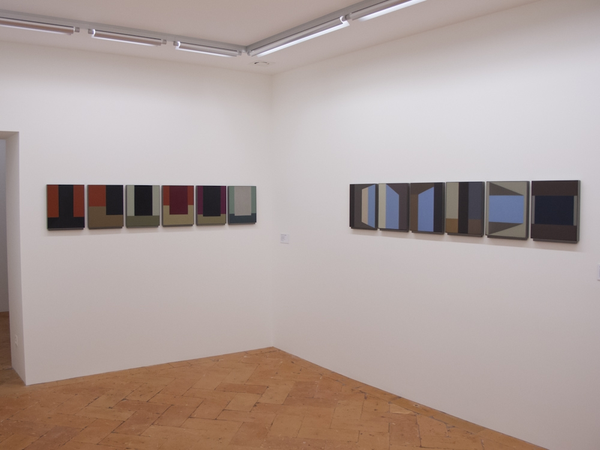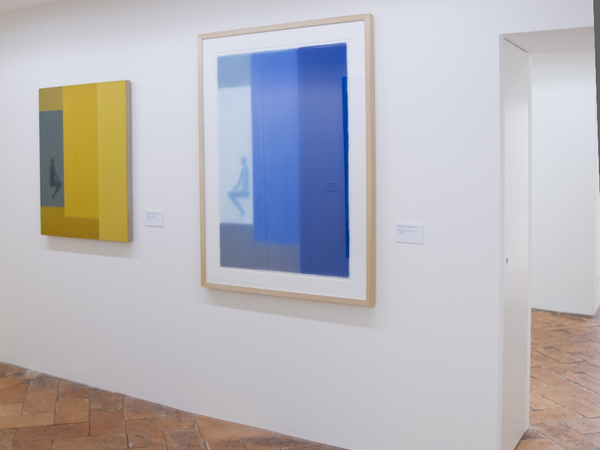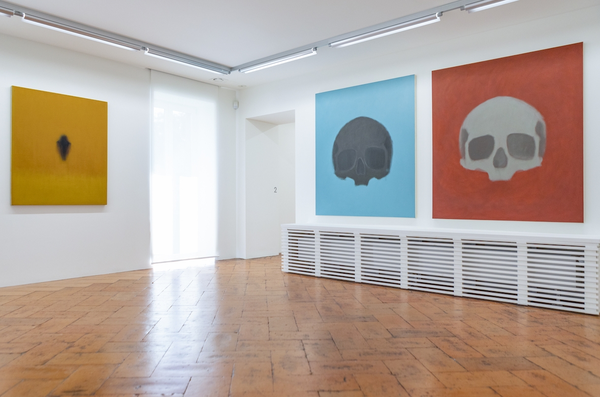Shadows
"We sold our shadow,
it’s hanging on a wall in Hiroshima"
(Günter Eich, 1966)
Instead of painting everything, he painted nothing—or what was just barely still something: the form immediately before its disappearance, "slight, incidental impressions of light and shadow", which to him seemed worthy of recapturing—weak, as if in the initial stage of emerging on a photographic print—before their final retreat...




Contatti
info@fondazionelindenberg.org